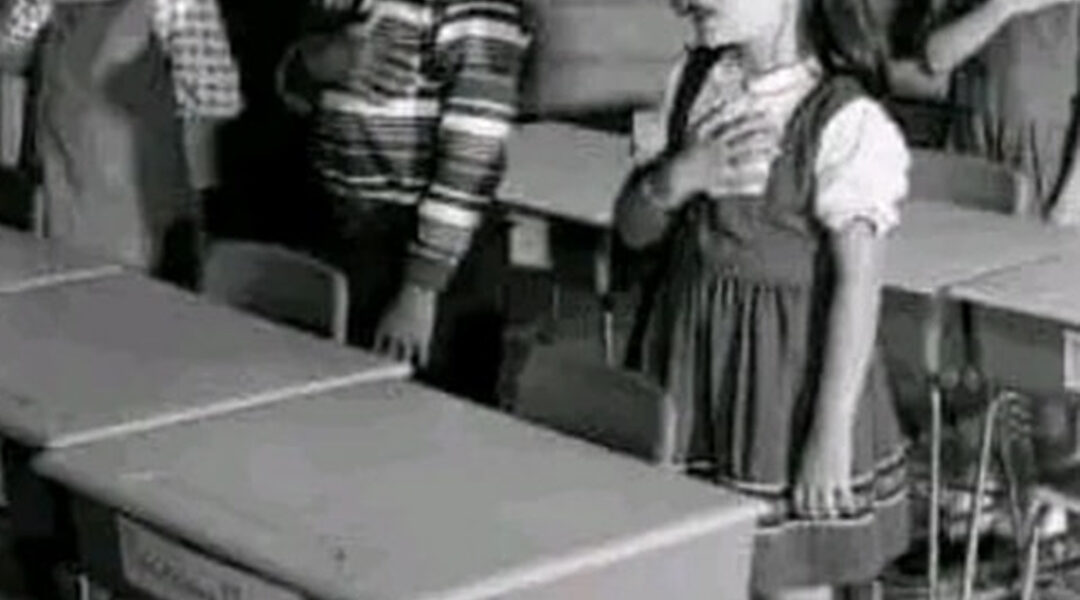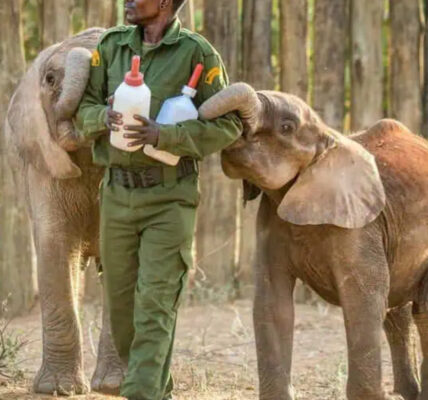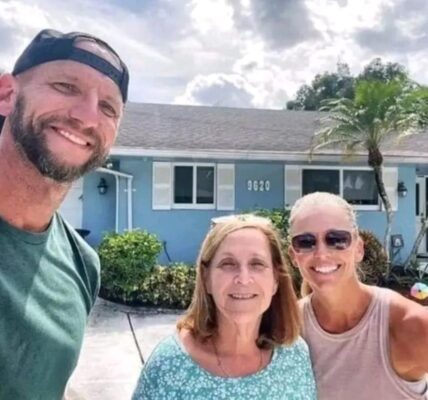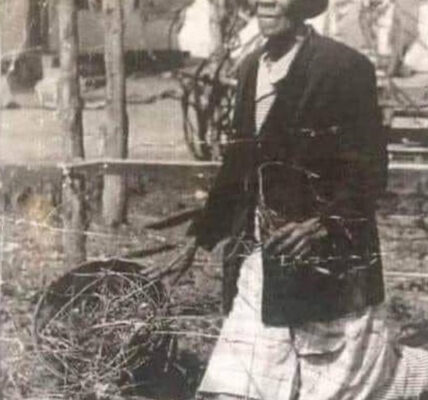
Not long ago, someone asked me, “What was your favorite fast food when you were growing up?”
I smiled and shook my head. “We didn’t have fast food when I was growing up,” I said.
“All our food was slow.”
He looked at me like I was joking. “C’mon… seriously. Where did you eat?”
“At a place called home,” I replied. “And it was the best restaurant in town.”
Because home was where dinner was made every single day. My mom cooked—no skipping, no excuses—and when Dad came home from work, we all sat down at the dining room table together. That was just the way it was.
There were no menus, no substitutions. You ate what was put in front of you, or you sat there until you did. Sometimes that meant staring at a pile of peas for what felt like hours. And no, there wasn’t a phone in my hand to distract me or a tablet to make the time pass. You either ate, or you learned patience.
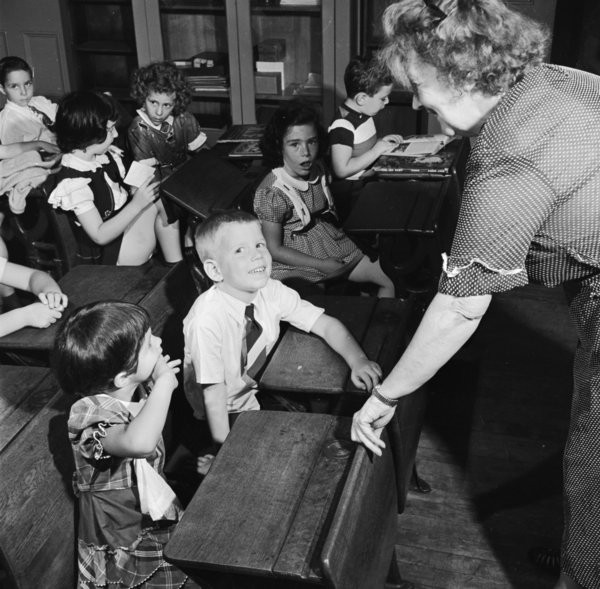
The young man listening to me laughed so hard I thought he might actually burst. So I didn’t even bother to tell him that we had to ask permission to leave the table when dinner was done.
But if I thought he could handle it, I would’ve told him so much more.
Like how most parents back then never owned their own homes. Few had credit cards. Vacations out of the country? Forget it. Jeans were for work, not for fashion. Golf courses were something we only ever saw in magazines.
I would’ve told him how we walked to school. Rain or shine, hot or freezing. If you were lucky enough to have a bike, it probably weighed more than you did, had one gear—“slow”—and a chain that popped off every other week. Nobody’s mom sat in the carpool lane waiting for them with snacks. You learned independence by putting one foot in front of the other.
We didn’t have a television until I was ten years old, and when we finally did, it was black-and-white. No remote control, just two knobs you had to get up and turn yourself. Channels were few, and at night, they all signed off at 10 PM. The last thing you heard was the national anthem followed by an epilogue, and then the screen went to static until about 6 AM. That’s when the farm report came on, usually featuring local folks and local news.
Pizza delivery? Never happened. But milk? That was delivered right to the doorstep in glass bottles that clinked when you carried them inside.

And the newspaper? That was always delivered by boys. My brother had a route, and it didn’t matter if it was cold, raining, or snowing—he was up at 6 AM, pedaling that heavy bike, tossing papers into porches, learning responsibility before most kids today even wake up for school.
Movies were different, too. Stars kissed with their mouths closed. Violence and profanity didn’t fill the screen. You didn’t need ratings because films were crafted for families to enjoy together.
I could’ve told him all this. But I didn’t.
Because I realized, sitting there, that he might never understand. How could he, when the world he grew up in is filled with drive-thrus, instant streaming, and next-day shipping? How could he know what it was like when everything moved slower, when you didn’t have much, but what you did have mattered more?
The truth is, life was harder in some ways back then. We didn’t have luxuries, and many families struggled to make ends meet. But there was pride in simple things. A home-cooked meal. A pair of polished shoes. The sound of glass milk bottles clinking on the porch. A family sitting down together, sharing not just food but time.
That’s what I would’ve told him. That “slow food” wasn’t just about cooking—it was about connection. About patience. About gratitude.
If you grew up in the days before fast food, you know what I’m talking about. And maybe, just maybe, it’s worth telling our kids and grandkids these stories—not to make them laugh (though they will), but to remind them that life doesn’t always have to move fast to be good.
Because one day, they’ll look back on their own childhood and realize: growing up isn’t what it used to be.
